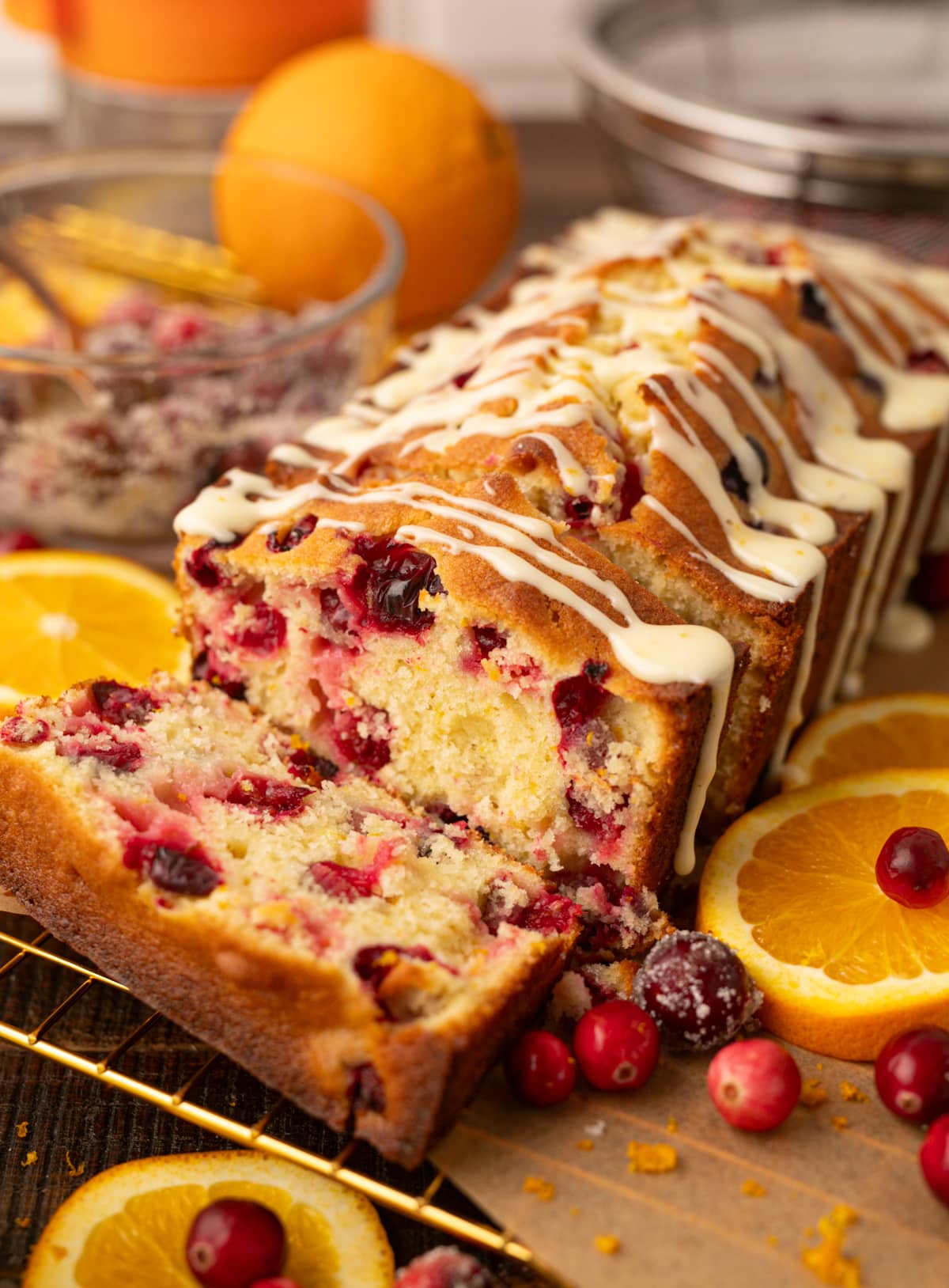What didn't you like about the glaze? Maybe remove the orange flavorings.
Powdered sugar isn't really less sweet, both are 98% sucrose, it's just less dense, half as dense actually where a tablespoon is about half the calories of granulated sugar (30 vs 60 cals) and in that recipe it calls for 1 cup of powdered sugar and if you replace it with granulated it will have twice the calories and of course twice the amount of total sugar called for in that recipe.
Also not sure what you mean about powdered sugar spiking glucose more, sugar contains glucose though. Sugar spikes insulin from the rise of glucose in the blood, so I suspect you meant a spike (rise) in blood sugar from the consumption of glucose. In that respect no, it's not going to spike insulin more simply because if consuming the same amount, powdered is less dense and delivers fewer calories and therefore as it relates to glucose will actually deliver less glucose into the bloodstream which will facilitate a smaller or less response. The problem is of course the bread which if your worried about spiking blood sugar this should be your main focus and concern and not the glaze in particular. The calories in 1 slice of that bread is probably in the 200-300 range, although the recipe says 441 and the calories in the glaze that happens to get applied to the top of that 1 slice might be 40 or 50 cals.


